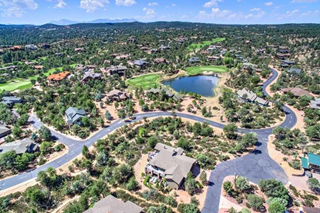
Alliant Gas, in collaboration with Pinnacle Propane, is dedicated to ensuring that your home or business always has the energy it needs to propel you forward. Leave all your worries in our capable hands, allowing you to prioritize what truly matters.
Alliant Gas is a remarkable community gas system that offers numerous advantages to its users:
If you reside outside the Alliant Gas service area, worry not! Pinnacle Propane is available to assist you. As a bulk propane supplier, Pinnacle Propane offers comprehensive solutions to power your world, from tank setup to delivery. You can trust us to meet all your propane needs.
If you're unsure about which option to choose, feel free to contact us now. Our dedicated team will gladly guide you through your options and help you find the best possible choice for your requirements.